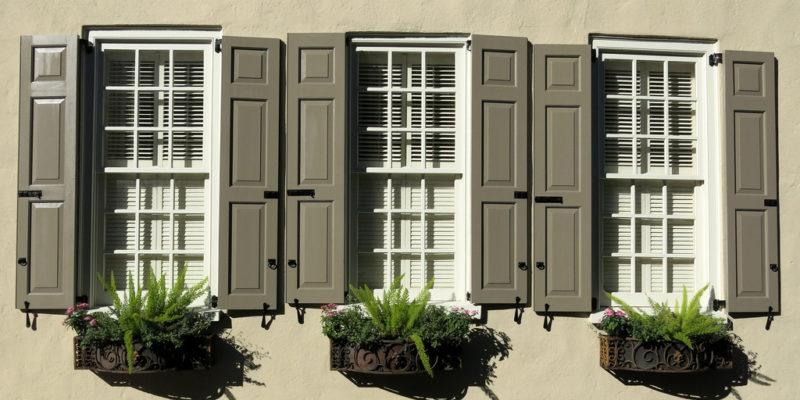When it comes to thermal efficiency, windows are among the most vulnerable points in any home. It’s through these sheets of glass that so much of the heat we generate escapes into the outside world. This waste places a considerable strain on both our wallets, and the environment.
Thankfully, certain sorts of window offer considerable protection against this loss of heat. Of these, the most widespread is double glazing, which features in a majority of homes in the United Kingdom. It works by placing two panes of glass parallel to one another in the frame – an arrangement which helps to impede the flow of heat from one side of the window to the other.
If you’d like to understand why this is so, then consider a frying pan on a stove. While the pan itself might be scalding hot, the air just a few inches above is cool enough that you can hold your hand there. This is because the metal of the pan is an excellent conductor of heat, while the air around it is a relatively poor one. Double glazing harnesses this principle, and it’s been enormously successful in doing so.
How has double glazing been improved?
Since its invention, double glazing has been improved in several key ways. Perhaps the most obvious of these is triple-glazing, which sees a trio of glass panels being used in place of a mere pair. But triple-glazing is difficult to manufacture, and comes with its own downsides.
Other advances have come about from using thicker panes, and wider gaps. Manufacturers can also choose to fill the gaps with insulating gases. For a time, among the most popular option was a vacuum, which slows convection even more effectively than the dehydrated air it replaced. In modern double-glazed windows, however, a different and quite specific filling is used.
Where does argon come in?
Inert gases like argon, krypton and xenon are more often used by manufacturers today. Each offers considerable improvements in thermal efficiency and noise reduction. Of the three, argon is the least effective – but it’s also the least expensive, making it a material of choice for modern window-makers.
Argon is heavier than air, and so provides superior insulation and sound-proofing characteristics. It’s also far more resistant to the formation of condensation, and will corrode the surrounding window far less than its equivalents – particularly at the bottom of the window, where condensation tends to start forming.
Since argon significantly improves the insulating properties of a window, it’s a popular choice for large, wall-encompassing windows and French doors. Since the glass is more efficient as an insulator, we’re able to use more of it. This allows homeowners to create that sense of extra space without compromising on their heating bills. If you’re looking to upgrade your existing windows, an argon filled double-glazed replacement makes a sensible choice: it’ll offer energy efficiency savings which more than justify its initial extra cost, within just a few years.
Looking for new windows for your home? Browse our sliding sash or casement windows or find out about our handmade bespoke windows.


